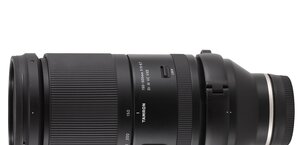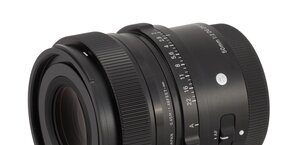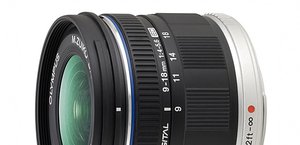Carl Zeiss Makro-Planar T* 50 mm f/2 ZF/ZK/ZE
5. Chromatic and spherical aberration
Chromatic aberration
The longitudinal chromatic aberration is corrected in a right way. Off focus images have a slight colouring but that effect is not huge which can be seen in the photos below very well.
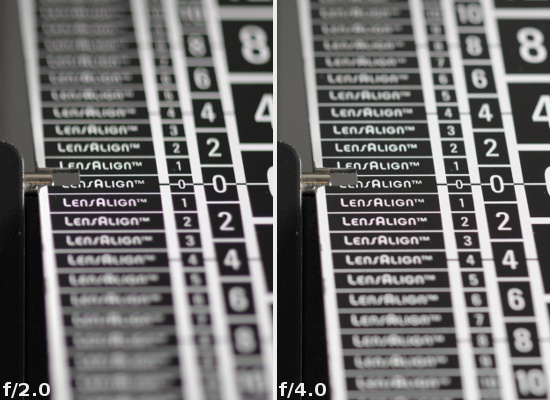 |
Please Support UsIf you enjoy our reviews and articles, and you want us to continue our work please, support our website by donating through PayPal. The funds are going to be used for paying our editorial team, renting servers, and equipping our testing studio; only that way we will be able to continue providing you interesting content for free. |
- - - - - - - - - - - - - - - - - - - - - - - - - - - - - - - - - - - - - - - - - - - - - - - -
With the lateral chromatic aberration it is even better – the tested lens simply doesn’t have it. Throughout the whole range of apertures and in different areas on the detector the aberration never exceeds the negligible level of 0.020–0.021%. Taking into account measurement errors you can say that for most of combination the level of that particular combination is zero.
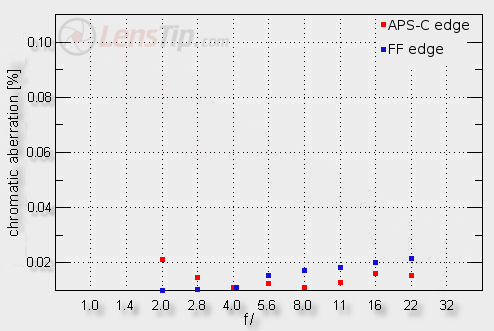
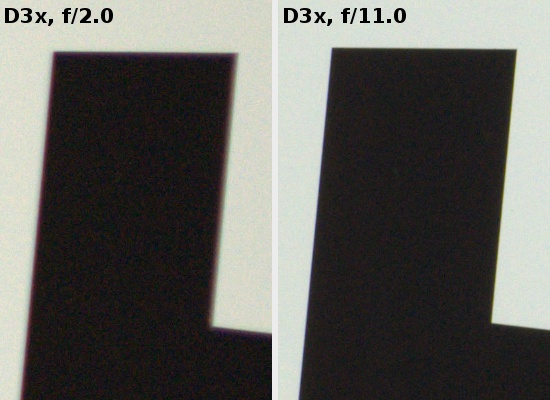 |
Spherical aberration
Glancing at the first photo, presented in this chapter, you can notice that the lens doesn’t have any ‘focus shift” effect so there are no big problems with the spherical aberration. Still it is not corrected in a perfect way and the photos of defocused light circles provide the proof of it.
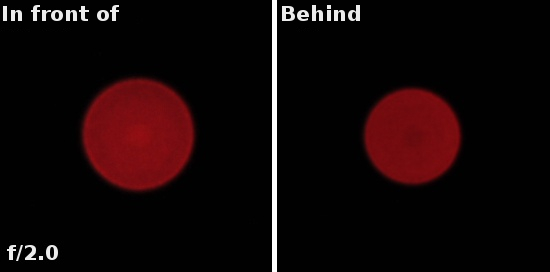
The light layout in the circles is quite even with the exception of the very centre, which, in front of the focus is noticeably lighter than the surrounding area and behind the focus – darker. Its size is not big though so it doesn’t influence the image in a significant way.




